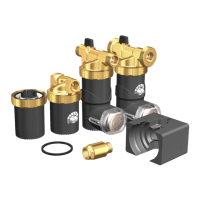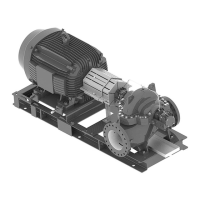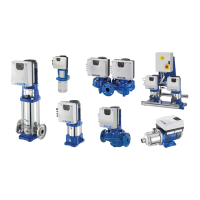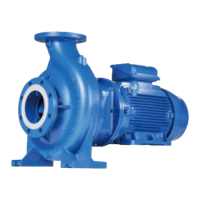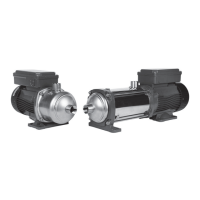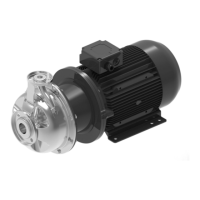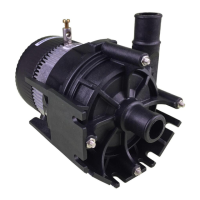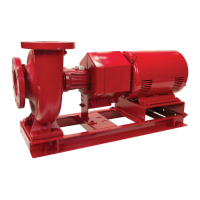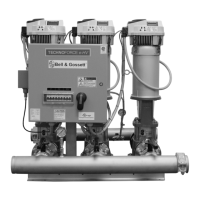How to fix cooling fan failure (Alarm code A08) on Xylem Water Pump?
- CCasey WrightSep 15, 2025
If your Xylem Water Pump displays alarm code A08, indicating a cooling fan failure, check for any foreign bodies that could be locking the fan rotation. Switch off the pump for 5 minutes and then power it back on. If the problem persists, contact service.


